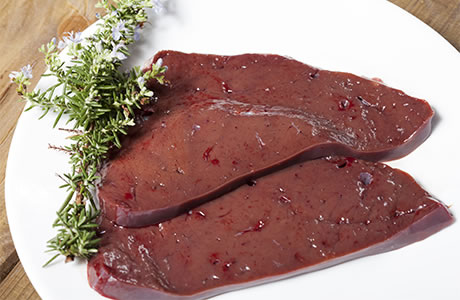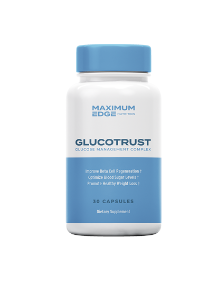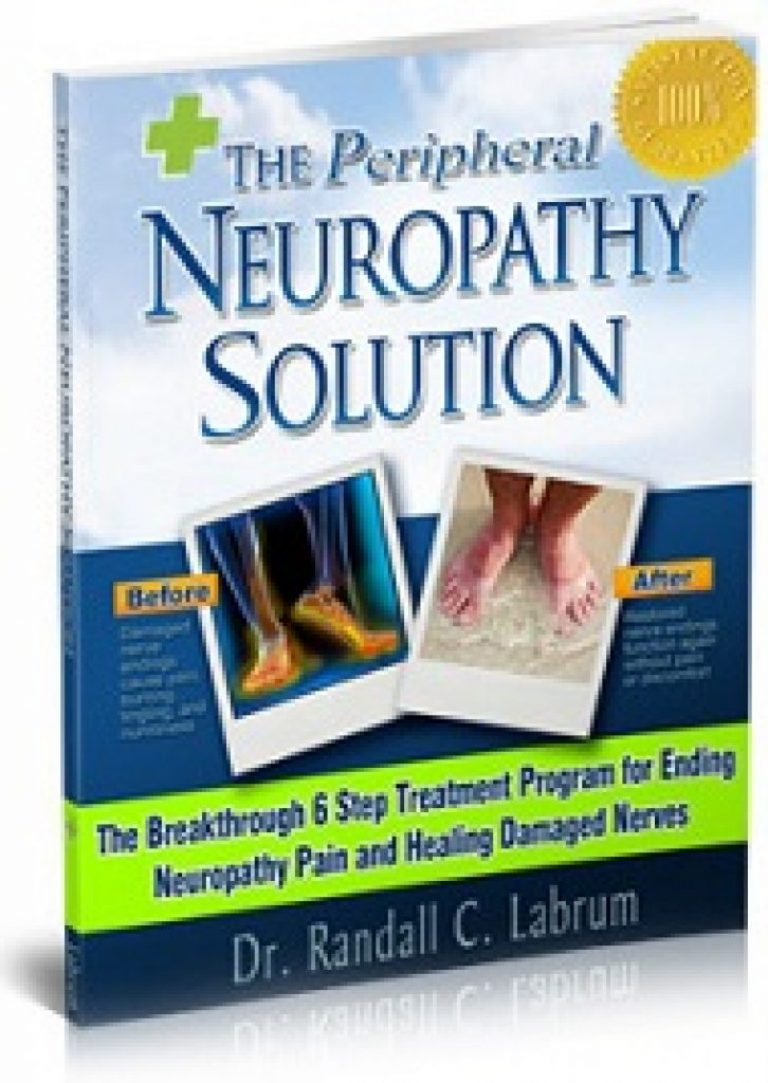7 Benefits of Pau D’arco Tea, Nutrition, Uses and Precautions!
Pau d’arco is originally from South America, where it has been used to treat a wide range of conditions. There are reports of medicinal uses of pau d’arco tea dating back to 1873. Pau d’arco, also called tabebuia avellanedae, is a tree of the Bignoniaceae family with extremely hard wood; Its name is the Portuguese word that means “bow stick”, which is an appropriate term because the tree was actually used by Indians native to South America to make hunting arches. The bark and wood of the tree are used externally and internally to treat arthritis, pain, inflammation of the prostate gland, fever, dysentery, boils and ulcers and various types of cancer.
One of the easiest ways to use pau d’arco is to consume a tea made from the inner bark of pau d’arco or apply the tea water to the skin. Pau d’arco is an evergreen tree that has pink flowers. There are almost 100 species of pau d’arco, but only a few produce high quality material; In addition, extremely trained collectors are needed to know which species are the most effective. The medicinal part of the tree is the bark, specifically the inner lining of the bark, called the phloem (pronounced floam). Unfortunately, many companies use all the bark, which also contains dead wood, and this naturally dilutes the activity of the material. Scientists have identified two active chemicals in pau d’arco called naphthoquinones; They are lapachol and beta-lapachone. These chemicals have the power to kill bacteria, fungi, viruses and parasites.
“They have also demonstrated anti-inflammatory properties, which are important in the treatment of medical conditions such as osteoarthritis”.
Pau D’arco Tea Nutritional Facts:
 Pau d’arco tea contains several compounds, including quinoids, benzenoids and flavonoids. These compounds have demonstrated biological activity against harmful organisms. Pau d’arco also has a significant amount of lapachol, which comes from the stem of the tree. According to the United States Department of Agriculture, lapachol is known to be toxic and resistant to almost all types of harmful organisms. One study found that lapachol has great potential as an application in the fight against metastasis, which is the spread of a cancer or other disease from one organ to another. Metastasis is the main process responsible for death in cancer patients, and recent research with lapachol is promising. Lapachol is also used for its antioxidant and antimicrobial effects, but some research suggests that high doses of this compound can cause dangerous side effects, such as reproductive toxicity. Pau d’arco also contains another chemical called beta-lapachone, which has also shown toxicity to harmful organisms, similar to lapachol.
Pau d’arco tea contains several compounds, including quinoids, benzenoids and flavonoids. These compounds have demonstrated biological activity against harmful organisms. Pau d’arco also has a significant amount of lapachol, which comes from the stem of the tree. According to the United States Department of Agriculture, lapachol is known to be toxic and resistant to almost all types of harmful organisms. One study found that lapachol has great potential as an application in the fight against metastasis, which is the spread of a cancer or other disease from one organ to another. Metastasis is the main process responsible for death in cancer patients, and recent research with lapachol is promising. Lapachol is also used for its antioxidant and antimicrobial effects, but some research suggests that high doses of this compound can cause dangerous side effects, such as reproductive toxicity. Pau d’arco also contains another chemical called beta-lapachone, which has also shown toxicity to harmful organisms, similar to lapachol.
Another powerful element of pau d’arco tea is selenium, an antioxidant that eliminates free radicals that damage cells and trigger diseases. Selenium is an extremely vital mineral for the human body. Some of the benefits of selenium include its ability to increase immunity, participate in the antioxidant activity that defends the body against free radical damage and inflammation, and play a key role in starting your metabolism. According to one study, consuming abundant selenium of natural origin has positive antiviral effects, it is essential for successful male and female fertility and reproduction, as well as reducing the risk of cancer, autoimmune diseases and thyroid diseases. The low level of selenium is associated with an increased risk of mortality, poor immune function and cognitive impairment.
Benefits of Pau D’arco Tea:
Among the benefits of this tea we can find the following:
1. Reduce the Pain:
Research shows that pau d’arco tea has the power to naturally reduce pain in patients suffering from cancer and other serious health conditions. It has the ability to lessen the pain associated with several types of cancer, especially prostate, liver or breast cancer. Arthritic pain is also relieved after consuming pau d’arco tea. One study examined the antinociceptive (pain reducing) and antiedematogenic (to reduce swelling) effects of the inner cortex of pau d’arco that were measured by experimental models in mice that underwent pain stimulated by nerve cells. The aqueous extract of the inner cortex, administered orally in three different concentrations, reduced the sensory process that provides the signals that lead to pain.
2. Candida Fights:
Pau d’arco helps the body fight candida naturally. Candida, also known as candidiasis, is a common yeast infection that can cause many health problems, from a sore throat to serious stomach problems. The body normally produces yeast in the mouth, vagina, rectum and digestive tract, and in normal amounts remains harmless; however, if the body’s natural pH balance is disturbed, candida symptoms can grow rapidly out of control. If you suffer from headaches, inability to concentrate, hyperactivity, chronic fatigue syndrome, sugar addiction and stomach problems, you may be suffering from overproduction of yeast and candida. A common symptom is thrush, which is an overgrowth of yeast in the mouth or vagina. If left untreated, candida weakens the immune system, allowing more serious diseases to emerge.
3. Reduce Inflammation:
An overactive immune system causes the body to fill with defense cells and hormones that damage tissues. Dietary and environmental toxins accumulate in the body, and this activates the immune system, which makes it highly reactive; This is what leads to inflammation, which is at the root of most diseases. By reducing inflammation in the body, it prevents serious health conditions such as asthma, arthritis, Crohn’s disease, Alzheimer’s disease, cancer, cardiovascular disease, diabetes, high blood pressure, high cholesterol levels and Parkinson’s disease. One study found that pau d’arco tea increased the expression of Nrf2 target genes in the intestine. Nrf2 is a protein that regulates the expression of antioxidant proteins that protect against oxidative damage caused by lesions and inflammation. The results of this study show that the activation of Nrf2 could mediate the beneficial effects of pau d’arco, particularly in the intestine, which can be severely affected by inflammation.
4. Heal Ulcers:
Ulcers are burns that form in the lining of the upper part of the gastrointestinal tract. When they occur in the stomach, they are called gastric ulcers. If they form in the first part of your small intestine, the duodenum, they are known as duodenal ulcers. Peptic ulcer disease begins when a weakness in the stomach or intestinal lining allows the acid to create erosion or a sore in the lining. It is the most common type of stomach disease, according to the American Gastroenterology Association. Ulcers are caused by an increase in stomach acid caused by stress, medications, diet, smoking, alcohol or H. pylori, a type of bad bacteria. The most common symptom of the ulcer is a burning pain aggravated by stomach acid that comes into contact with the ulcerated area. One study found that pau d’arco extract significantly accelerated the healing of gastric ulcers induced by acetic acid in rats by increasing mucus content and cell proliferation. This suggests that pau d’arco could be a treatment for peptic ulcer diseases in humans.
Peptic ulcers refer to painful sores or ulcers found in the lining of the stomach or in the first part of the small intestine, called the duodenum. This is usually the result of an imbalance of digestive fluids in the stomach and intestine. An infection occurs and too many bad bacteria produce symptoms, such as burning pain, nausea, internal bleeding, heartburn and swelling.
5. Fight Cancer:
One of the best known benefits of pau d’arco tea is its ability to fight cancer and relieve the pain associated with cancer. One study found that beta-Lapachone, an important compound in this tea, is a possible compound that is added to cancer chemotherapy, particularly for prostate cancer. Another study concluded that beta-lapachone is one of the few new cancer drugs that are currently under active investigation, and shows promise for chemotherapy alone and especially in combination. This powerful compound caused the death of cancer cells in mice, and the mice did not appear to be negatively affected by the treatment.
6. Provides Antiviral and Antifungal Properties:
For thousands of years, pau d’arco has been used as an antiviral herb. The variety of viruses stunted by pau d’arco tea extends from those that cause the common cold to those responsible for the life-threatening AIDS virus. It has been shown to actively inhibit, destroy or slow the growth of several dangerous viruses, such as herpes, polio, vesicular stomatitis, avian myeloblastosis, leukemia and the Rous sarcoma virus. The beta-lapocona present in this extract actually inhibits enzymes in virus cells, which directly affects the synthesis of DNA and RNA. The virus can no longer take control over the reproductive processes of the cell, so it cannot replicate or infect other cells. Pau d’arco tea has the power to help heal wounds and skin infections. It is commonly used to reduce redness and swelling due to skin infections and irritations. This is due to its antifungal and antibacterial properties.
7. Detoxifies the Body:
 Pau d’arco tea detoxifies the body by eliminating harmful toxic substances; these toxins include heavy metals, pesticides, preservatives and even chemotherapy residues. Pau d’arco works as a detoxifier by having a laxative effect. It is known to loosen the intestines, which helps digestion and regularity. By stimulating the digestive system, this tea helps the body get rid of excess fats and toxins. It is important to keep food moving through your body, especially the colon. The colon is the body’s sewer system, but like all healthy and functioning sewer systems, it needs to be cleaned, emptied and maintained to work properly. When we eat highly processed, refined or “fake” foods, our colon is loaded with unhealthy residues of these foods. For this reason, it is vital to consume detoxifying foods and beverages, such as pau d’arco tea, to maintain a clean and healthy body. Pau d’arco tea consumption is one of the best forms of detoxification; The blood vessels, lymphatic system, cells, tissues and organs are all detoxified, which allows the body’s systems to function properly and efficiently.
Pau d’arco tea detoxifies the body by eliminating harmful toxic substances; these toxins include heavy metals, pesticides, preservatives and even chemotherapy residues. Pau d’arco works as a detoxifier by having a laxative effect. It is known to loosen the intestines, which helps digestion and regularity. By stimulating the digestive system, this tea helps the body get rid of excess fats and toxins. It is important to keep food moving through your body, especially the colon. The colon is the body’s sewer system, but like all healthy and functioning sewer systems, it needs to be cleaned, emptied and maintained to work properly. When we eat highly processed, refined or “fake” foods, our colon is loaded with unhealthy residues of these foods. For this reason, it is vital to consume detoxifying foods and beverages, such as pau d’arco tea, to maintain a clean and healthy body. Pau d’arco tea consumption is one of the best forms of detoxification; The blood vessels, lymphatic system, cells, tissues and organs are all detoxified, which allows the body’s systems to function properly and efficiently.
How to Use Pau D’arco Tea?
When buying pau d’arco products, be sure to read the ingredients carefully. Sometimes it is difficult to know what is in pau d’arco products because they are labeled as pau d’arco or lapacho, but they do not always contain pau d’arco (which belongs to the Tabebuia species). In some cases, they contain the related species, Tecoma curialis. Some product labels indicate that the product contains the inner bark of pau d’arco, which some people think is more effective, when in reality the product contains only the outer bark. For this reason, buy this from reputable companies that have clear ingredient labels. The most potent part of the tree is the inner bark, and it must age after harvest to maximize its effectiveness; however, many companies try to sell the outer bark or harvest it from immature trees. Consuming high doses of this can cause nausea, diarrhea and dizziness, so it is important to start with a very small dose and see how your body reacts. If your body is too sensitive to drink this tea or take supplements, you can still use the product externally to treat infections.
Some Uses of Pau D’arco Tea Include:
- Fight against candida or an internal infection of candidiasis by rinsing the area (create a shower with tea)
- Treat skin infections by soaking a cloth in pau d’arco tea and applying it to affected areas
Possible Side Effects and Interactions of Pau D’arco Tea:
When consumed in high doses, pau d’arco is possibly unsafe and can cause nausea, vomiting, diarrhea, dizziness and internal bleeding. If you are using pau d’arco, be sure to keep a record of your doses and talk to your healthcare provider if you notice any of these side effects. Pregnant or breastfeeding women should not use pau d’arco because there is not enough information about the safety of these products. It may delay coagulation and could interfere with treatment in people with bleeding disorders; It can also increase the chances of bruising. This can also increase the chance of bleeding during and after surgery. Be sure to stop using this at least two weeks before a scheduled surgery; also, avoid the use of blood clotting medications, such as anticoagulants and antiplatelet agents.






